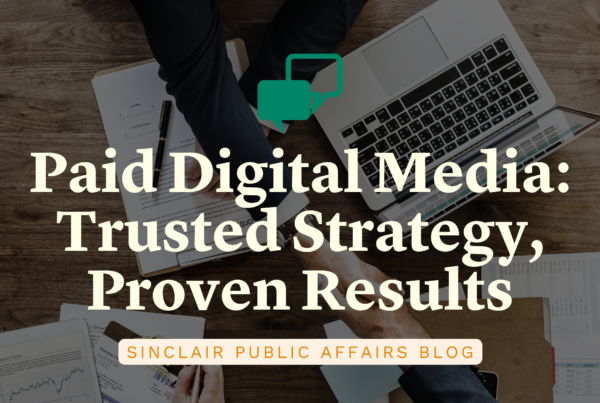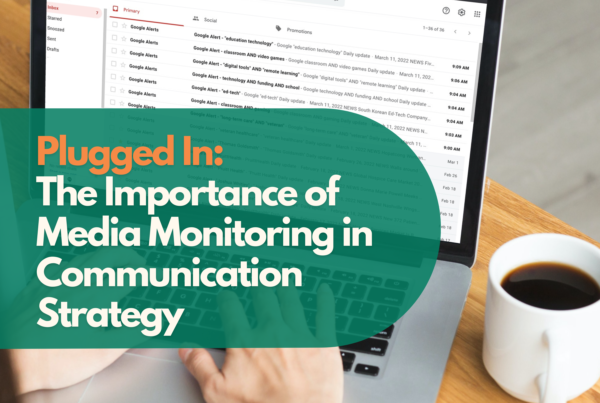Peer-to-peer texting campaigns made their political debut in 2015, but became increasingly popular in the 2018 midterm elections. Since then, texting campaigns have played an integral part in both Democratic and Republican campaign efforts. P2P texting grants campaign communication directors, managers and volunteers the ability to send mass texts to potential voters. This method of maximizing outreach allows for strategic messaging that is both easy and fast.
What is Peer-to-Peer Texting?
A P2P campaign typically starts with a list of cellphone numbers taken from a voter file leased from the respective party of your candidate. The texts are customizable and often accompanied by a graphic meant to grab the attention of the recipient.
- P2P texting is most often utilized to recruit and organize volunteers, encourage constituents to vote, and to provide resources– like polling locations and voter resources.
- Currently, texts sent by P2P text platforms are separated by party.
- Apps like Hustle and GetThru are Democratic, whereas RumbleUp and Opn Sesame are Republican.
Regardless of party, statistics show that texts from these platforms are read between 70-98% of the time, and responded to 40-50% of the time- whereas emails are only read 20% of the time. These numbers demonstrate that P2P texting campaigns are a bipartisan approved tactic that works.
Why Peer-to-Peer Texting Campaigns are Useful
Texting campaigns are a great way to target specific voter demographics, especially when it comes to mobilizing recipients and getting voters to the polls. Text messaging aligns well with the communication habits of millennials and Gen Z, who will make up 37% of the 2020 electorate.
At the other end of the spectrum is older voters, or those in rural areas who may not own smartphones or participate in social media. Much of today’s political dialogue takes place on platforms like Twitter and Facebook, especially now that the coronavirus pandemic has forced campaigns to go almost entirely digital. This means that voters without smartphones or social media accounts often get left out of this conversation. A basic feature phone, however, can still send and receive texts, making P2P an ideal tool to reach voters that aren’t as exposed to online campaign efforts.
Another advantage of P2P texting campaigns is that they can be used alongside traditional earned media efforts, like direct mail, to maximize reach and effectiveness. This will be crucial throughout the 2020 election, as tactics like door-to-door canvassing, rallies, and fundraising events are being abandoned to accommodate COVID-19 restrictions. The use of P2P texting was already projected to soar in the 2020 election and the pandemic has made it even more relevant in this campaign cycle.
Things to Note
There are, however, downsides to consider when employing P2P texting campaigns. Although P2P texts are customizable and not generated by a bot, any unsolicited message runs the risk of being viewed as annoying or an invasion of someone’s privacy. The pros of P2P texting campaigns, based on data, can outweigh the cons when enacted correctly and professionally.
Just like any industry, remaining up-to-date on the latest strategies is crucial to remain relevant and competitive in the political sphere. As campaign efforts turn digital by default of a tech-driven world increasingly amplified by COVID-19, political campaigns must adapt to survive.
Fortunately, P2P texting is an easy and effective tool to take advantage of this election cycle. Happy texting!
This year, Sinclair Public Affairs has successfully executed numerous peer-to-peer texting campaigns for our political candidate clients. If you are interested in updating your campaign efforts, our trained staff at Sinclair is here to help. Contact Sinclair Public Affairs at [email protected]



